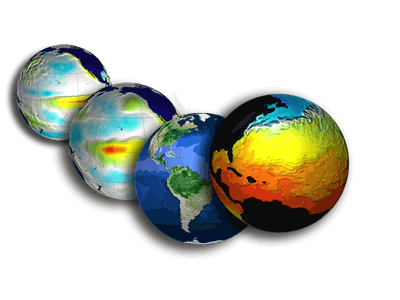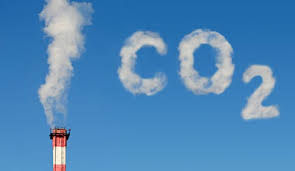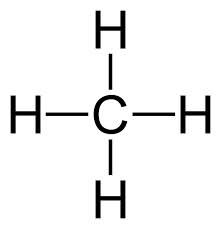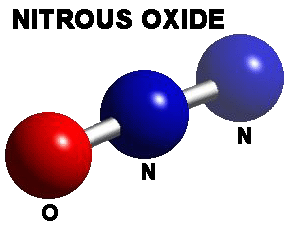Global Climate


Causes of Climate Change
Gases that trap heat in the atmosphere are called greenhouse gases. These gases are the main factor in contributing to the increase of climate change. This section provides information on emissions and removals of the main greenhouse gases to and from the atmosphere.
Carbon dioxide (CO2) : Carbon dioxide enters the atmosphere through burning fossil fuels (coal, natural gas and oil), solid waste, trees
and wood products, and also as a result of certain
chemical reactions (e.g. manufacture of cement). Carbon
dioxide is removed from the atmosphere (or
"sequestered") when it is absorbed by plants as part of
the biological carbon cycle.
Methane (CH4) : Methane is emitted during the production and transport of coal, natural gas, and oil. Methane emissions also result from livestock and other agricultural practices and by the decay of organic waste in municipal solid waste landfills.
Nitrous oxide (N2O) : Nitrous oxide is emitted during
agricultural and industrial activities, as well as during
combustion of fossil fuels and solid waste.
Fluorinated gases : Hydro fluorocarbons, per fluorocarbons, and sulfur hexafluoride are synthetic, powerful greenhouse gases that are emitted from a variety of industrial processes. Fluorinated gases are sometimes used as substitutes for stratospheric ozone-depleting substances (e.g., chlorofluorocarbons, hydro chlorofluorocarbons, and halons).
These gases are typically emitted in smaller quantities, but because they are potent greenhouse gases, they are sometimes referred to as High Global Warming Potential gases ("High GWP gases").




